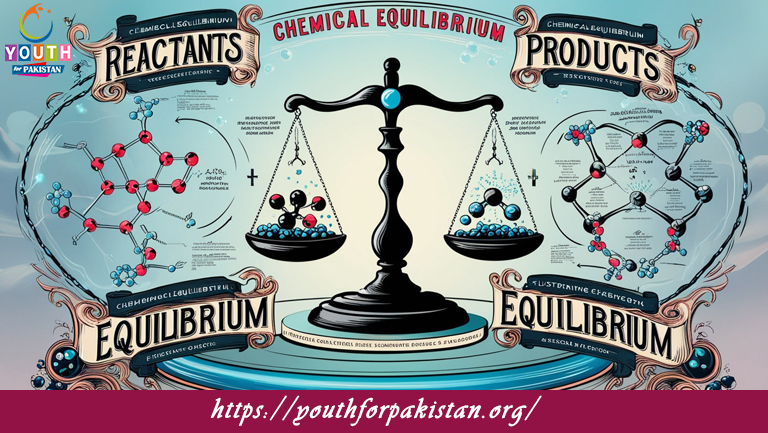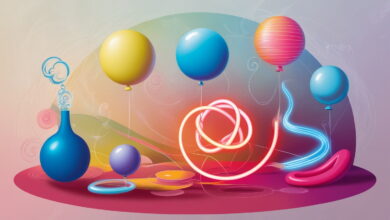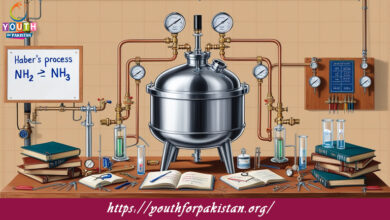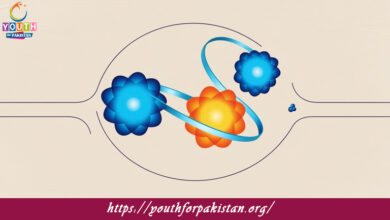Chemical Equilibrium MDCAT Quiz with Answers

Chemical Equilibrium MDCAT Quiz is the state in which the concentrations of reactants and products in a chemical reaction remain constant over time, as the rates of the forward and reverse reactions become equal. In a system at equilibrium, the reaction does not stop but continues at the same rate in both directions, meaning the overall concentrations of the involved substances no longer change. This dynamic state is crucial in understanding reversible reactions, where the products can reform the reactants, and vice versa.
The system reaches a point where the forward reaction (reactants to products) and the reverse reaction (products to reactants) occur at the same rate at equilibrium. This results in the concentrations of reactants and products remaining constant, although the reactions are still ongoing. The position of equilibrium depends on factors such as temperature, pressure, and the concentration of reactants or products.
Le Chatelier’s Principle
Le Chatelier’s Principle states that if a system at equilibrium is disturbed by changing the concentration of reactants or products, pressure, or temperature, the system will adjust to counteract the change and restore equilibrium. The principle allows us to predict how the system will react under different kinds of stresses. Thus, for example, when the concentration of one of the reactants is increased, the position of the system shifts towards the products so that the excess reactant is consumed. Changes in temperature and pressure may similarly shift the position of the equilibrium in favor of the reactants or products, depending on the nature of the reaction.
The MDCAT students have to know the topic Chemical Equilibrium to attempt various problems that come up during a chemical reaction and changes in conditions while trying to find out the resulting effect. Often, the questions of the MDCAT Quiz have the shift of equilibrium predicted, calculated the value of the equilibrium constant, and applied Le Chatelier’s principle in explaining many reactions.
MDCAT Quiz on Chemical Equilibrium
The MDCAT Quiz on Chemical Equilibrium challenges students to apply their knowledge of equilibrium principles in real-world scenarios. It may contain questions about the equilibrium constant (K), how changes in concentration or temperature affect the system, and how to use Le Chatelier’s Principle in predicting shifts in equilibrium. Taking this quiz gives students the chance to practice these concepts, helping them master equilibriums for the MDCAT exam.
Free Flashcard for Chemical Equilibrium
Our Free Flashcard for Chemical Equilibrium presents a summary of key concepts from how equilibrium is established to Le Chatelier’s Principle and how to calculate equilibrium constants. Examples of common reactions at equilibrium are also given to help solidify a student’s understanding. Using these flashcards will allow students to quickly review essential concepts and be well-prepared for equilibrium-related questions in the MDCAT exam.

According to Le Chatelier’s principle, if the temperature of a reaction is increased, the equilibrium will shift __________.

If the reaction quotient Q is greater than the equilibrium constant K, the system will shift __________.

In a reaction at equilibrium, if the concentration of products is increased, the system will shift __________.

For a gaseous equilibrium, the volume can be changed to shift the equilibrium position if __________.

If a system at equilibrium is disturbed by changing the pressure, the equilibrium will shift towards the side with __________.

If the reaction is at equilibrium and the volume of the container is decreased, the equilibrium will shift towards __________.
Experience the real exam environment with our expertly designed collection of over 25,000 MCQs MDCAT Mock Tests.





